-
Meter to Cash
-
Customer Relationship
-
Post-Billing, Payments and Accounting
-
Additional Business Processes
-
AI Analytics and Tools
Customer Relationship
Discover more
Post-Billing, Payments and Accounting
Discover more
Additional Business Processes
Discover more
AI Analytics and Tools
Discover more
Electricity and Gas Supply
Discover more
Water Management
Discover more
Gas Distribution
Discover more
Waste Management
Discover more
District Heating
Discover more
Products and Solutions
Market Sectors
Insights
Who we are
Administrative & Operational Distribution processes
Operational efficiency and compliance in a single platform.
×
The Neta2D CRM module is the application solution designed for gas distributors seeking to manage their administrative and operational processes in an integrated, automated, and compliant way. It covers the entire customer and field activity lifecycle—from switching to transfers of ownership, from managing delivery points (PdR) to emergency response—ensuring continuity and operational efficiency.
Thanks to advanced dashboards, guided workflows, and integrations with external systems (WFM, GIS, SII, document management), the module ensures traceability, responsiveness, and service quality. It is highly configurable, compliant with ARERA regulations, and supported by a dedicated competence center. A robust and scalable platform, ready to drive digital transformation in the Utilities sector.
Why choose a Neta solution
End-to-end regulatory automation
Automated management of regulated data flows (SII, AU, A2A), drastically reducing manual effort and minimizing error margins.
Smart operational dashboards
Intuitive interfaces to monitor, filter, export, and schedule flows, processes, work orders, and KPIs.
Integrated and cross-functional management
Comprehensive coverage of administrative and operational processes, with a unified view across technical, sales, and accounting departments.
High configurability
Customizable templates, workflows, KPIs, and processes to adapt to any business environment.
Ongoing regulatory support
A dedicated team ensures continuous alignment with regulatory developments in the gas sector.
Native integration with external system
Compatibility with WorkForce Management solutions, GIS systems, document management platforms, telephony systems, and SII cloud services for seamless and interconnected operations.
Centralized Delivery Point Dashboard
A single, detailed view of the delivery point, with access to technical data, customer records, processes, documents, and historical information.
"Appointment and availability management (Calendar)
Online booking system integrated with the portal and A2A workflows, enabling both bulk and customized availability management.
Work order management (ODI)
Dedicated dashboard for managing and tracking interventions, with status updates, printing, and attachments.
Comprehensive quote management
Complete workflow from request to invoicing, with support for site inspections, authorization documents, and attachments.
Monitoring of KPIs and compensations
System for defining, calculating, and managing regulatory and business KPIs, with automatic generation of compensation reports
Safety and emergency response management
Integration with softphone toolbar, call tracking, emergency management, and registration of safety entities.
Full control and operational visibility
Dashboards and complete traceability provide a clear and up-to-date view of all ongoing activities.
Reduction of time and costs
Process automation and simplification reduce manual effort, improve efficiency, and lower operational costs.
Guaranteed regulatory compliance
The module is continuously updated in line with ARERA and SII regulations, significantly reducing the risk of penalties.
Service quality improvement
Timely management of appointments, interventions, and reports for faster and more accurate responses.
Flexibility and adaptability
The system easily adapts to new operational or regulatory requirements without the need for invasive interventions.
Support for digitalization
"Data centralization, paper reduction, workflow automation, and integration with external systems.
Gen AI-powered AMS: from reactive to predictive
Thanks to Generative AI, Application Management Services is evolving into an intelligent ecosystem: it learns, adapts, and anticipates change, transforming daily operations into continuous innovation.
On prem/Cloud & SaaS
Support services for the solutions
© Engineering Ingegneria Informatica Spa 2025








